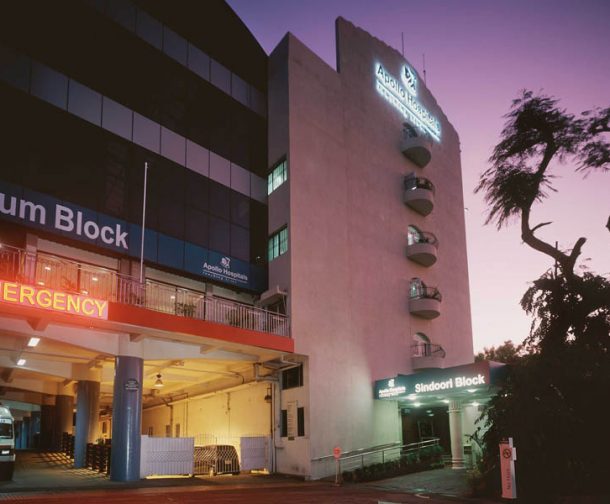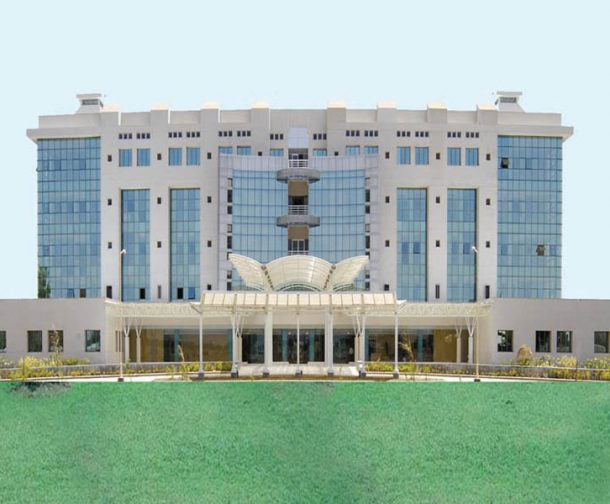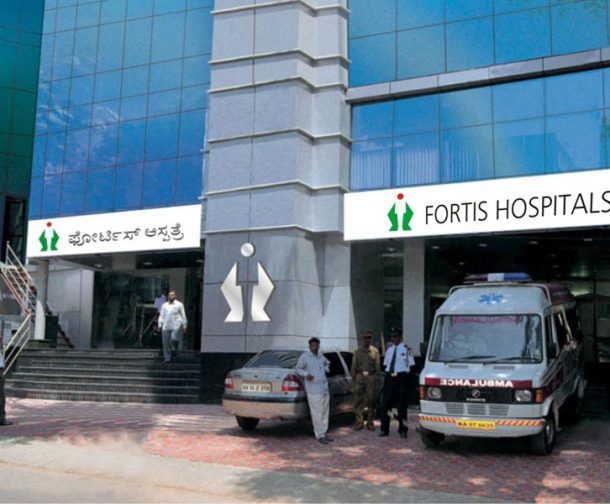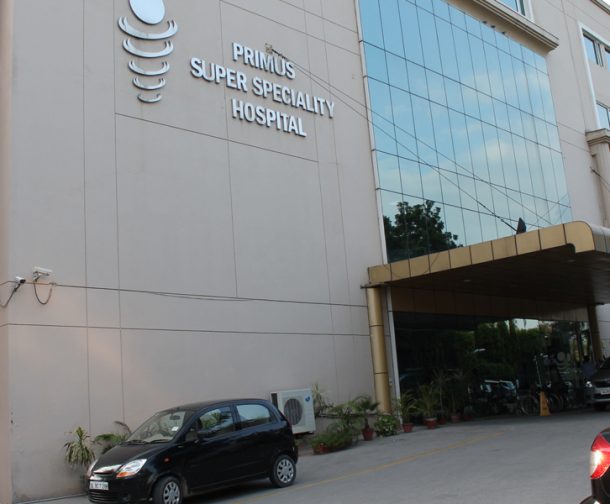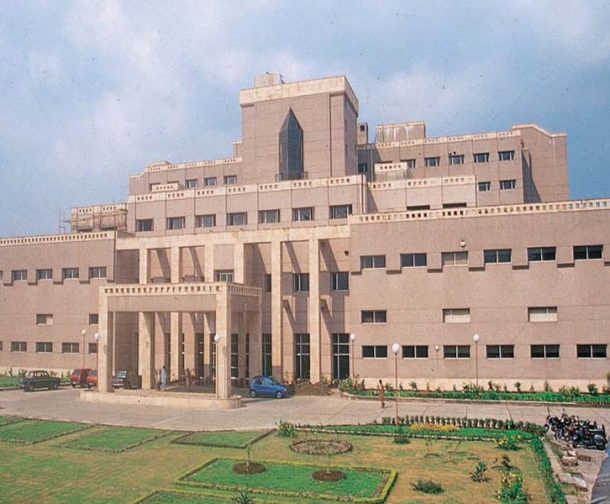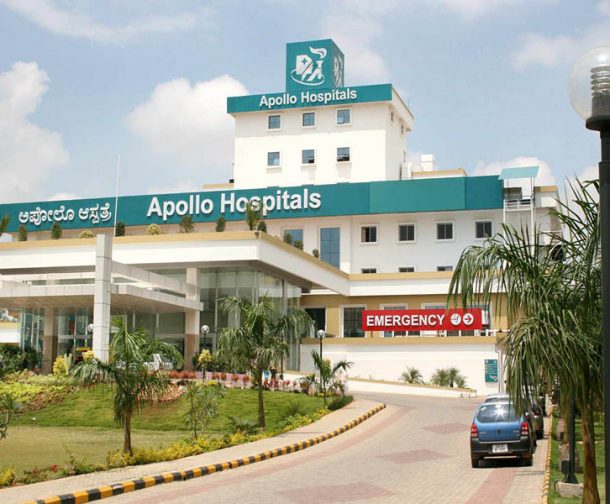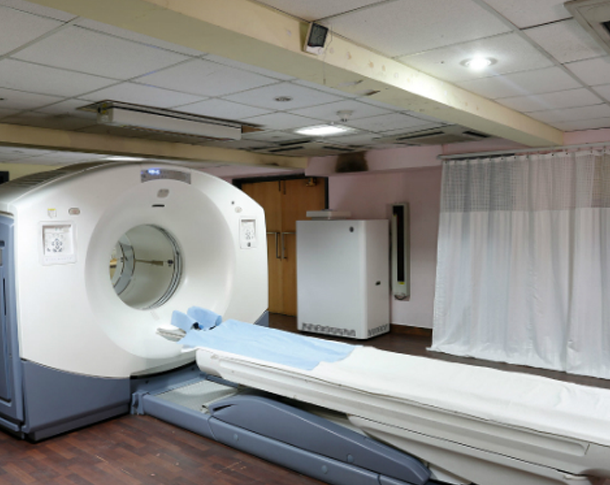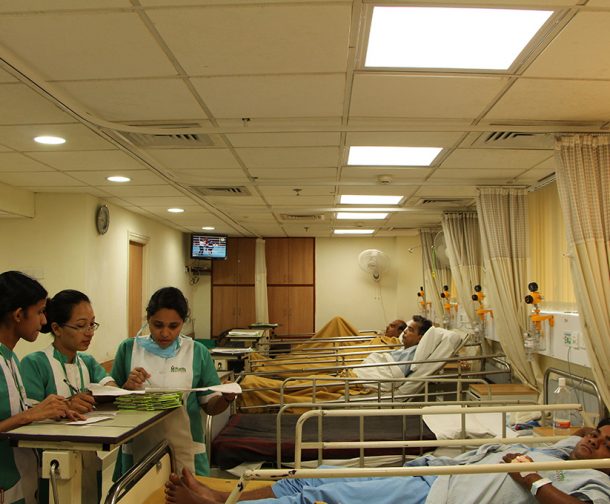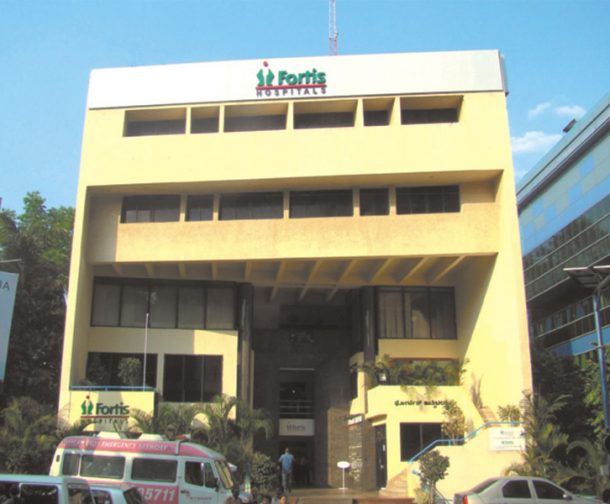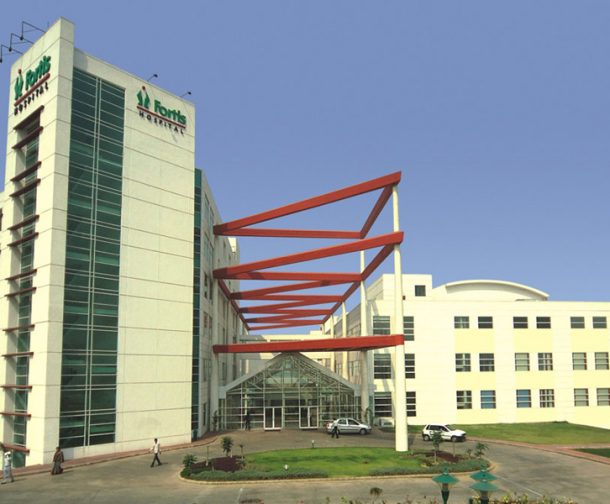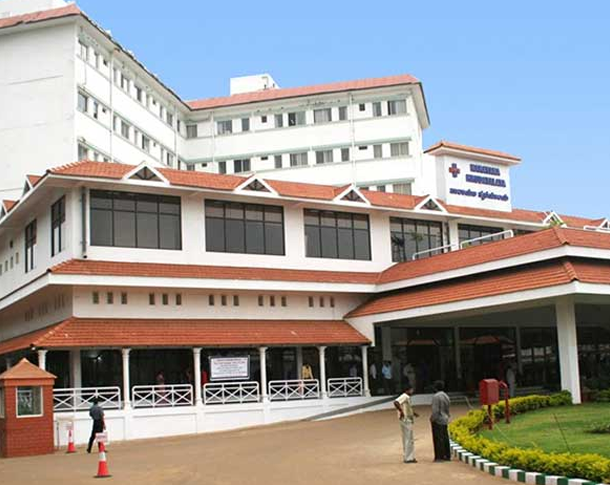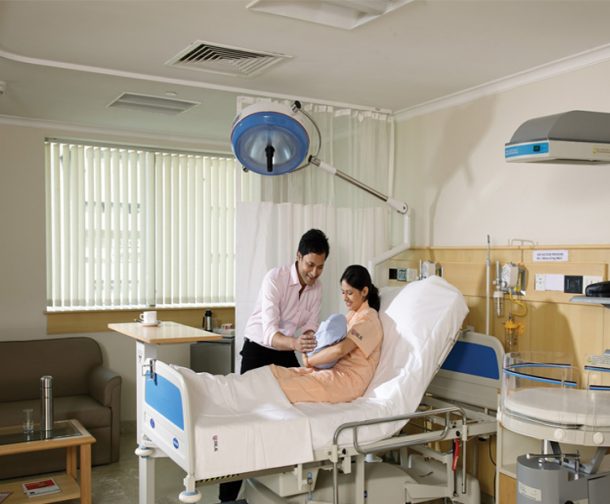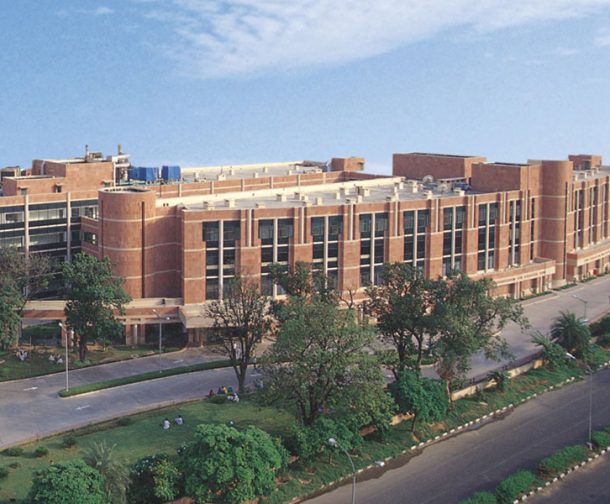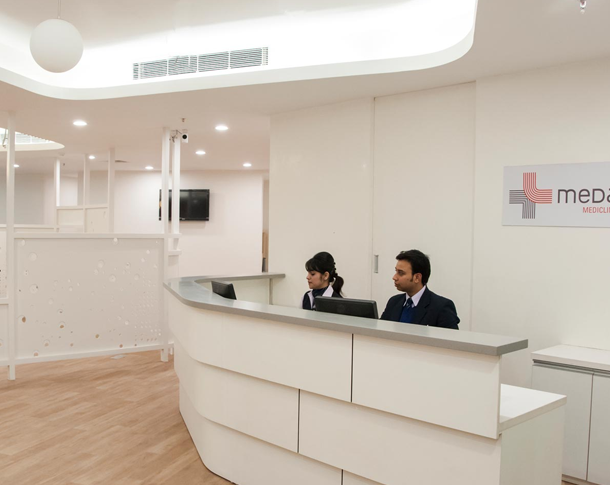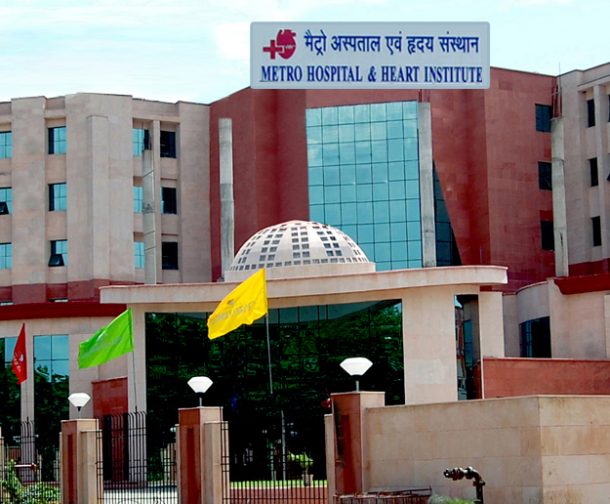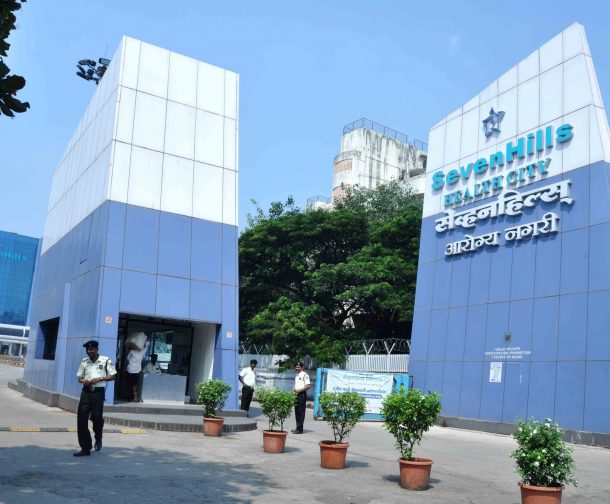
Infertility
Infertility can affect a couple both emotionally and physically. It can be devastating life crisis that has a significant impact on family relationships, overall health, job performance and social interactions. Stress, sedentary lifestyle, obesity, changes in the eating habits, pollution, and several other comorbidities results in an increase in the infertility rates. As per WHO estimates, 48.5 million couples worldwide experience infertility.
With advanced treatment modalities, infertility can be successfully treated. Now, India serves as fertility tourism hub for the patients around the world and provides an affordable, professional, and world-class medical care. Apart from other qualitative treatments of infertility, India is considered as the most preferred destination for assisted reproductive technology (Surrogacy).
The first in-vitro fertilization (IVF) was performed in 1978, when the first test tube baby was born in India. Twenty years of experience in IVF had helped India in providing a successful, cost-effective, and qualitative treatment to the infertility couple. The IVF clinics in India are well equipped with skilled professionals and excellent infrastructure.
Because of the lower cost of treatments and lighter regulations, the infertile couples are attracted towards India. In Britain, an outlawed payment is
made for hiring a surrogate (more than $18,000); but in India, it costs not
more than $5,400. The cost of IVF at private clinics in Great Britain can run up to $18,000
per cycle, and the clinics in India offer the same treatment for $7,200.
Procedures of Infertility
ICSI + Testiculor Biopsy
Intracytoplasmic sperm injection (ICSI) is the medical procedure that involves injecting a sperm directly into the egg. The procedure is often used as a part of in-vitro fertilization (IVF). Testicular biopsy involves retrieval of sperm for IVF-ICSI.
In vitro Fertilization (IVF)
IVF involves the fertilization of the egg outside the body. The procedure involves removal of egg from the ovaries and mixing them with sperm in a laboratory dish. Then, the embryo is transferred into the uterus.
Intrauterine Insemination (IUI)
IUI is involves insertion of the sperm into the uterus during ovulation. This procedure is intended to increase the number of sperms that meet the ovum by traveling through the fallopian tubules increasing the chances of fertilization.
IVF / ICSI + Donor sperms
In certain cases where the couple’s gametes cannot be used for IVF/ICSI, then the donated sperm can fulfill the dream of the parenthood. The procedure involves injecting a donated sperm into an egg.
IVF + ICSI
IVF with intra-cytoplasmic sperm injection (ICSI) is the procedure that involves the use of specialized micromanipulation tools and equipment. It uses inverted microscopes which makes the embryologists to select the individual sperm with special ICSI needle.
IVF + ICSI with Optical Spindle view
Usually, in-vitro fertilization procedure involves injecting a sperm into an egg directly (ICSI). Optical spindle view offers an effective and safe transfer of sperm into an egg using a special device.
IVF with Egg Donation
The donated eggs are fertilized with male gamete (sperm) using in-vitro fertilization or intra-cytoplasmic sperm injection. Then the developed embryos are transferred into the uterus. This procedure is used if the female partner has diminished ovarian reserve.
IVF with Laser Assisted Hatching
Laser assisted hatching is the procedure that helps the embryo hatch from the protective shell and promotes the implantation in the wall of the uterus after the embryo transfer. This procedure can overcome the failure of the embryo to implant them in the uterine wall.

Fact about Infertility You Must Know
- One in eight couples worldwide are infertile. Approximately one third of the cases of infertility are
- male-related infertility cases.
- Forty seven percent of women undergoing fertility treatment go on to conceive a baby.
- Eighty four percent of childless women aged 31 to 35 years fear they have left it too late for motherhood.
- Smoking accounts for 13% risk of infertility in females.
- The highest chance of pregnancy is when intercourse occurs 1-2 days before ovulation.
- Around 80% of couples will take 6-12 months to conceive.
- A healthy 30-year old female has a 20% chance per month of becoming pregnant.
- A healthy 40-year female has a 5% chance per month of becoming pregnant.
- According to a study, relaxation training resulted in a viable pregnancy in 50% of women.

